Making the Invisible Visible: Addressing Power, Privilege, and Oppression in Trauma-Informed Practices
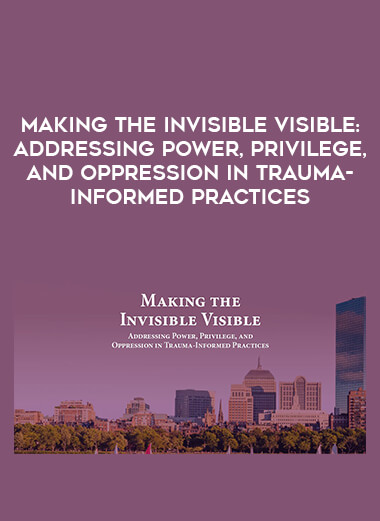
Making the Invisible Visible: Addressing Power, Privilege, and Oppression in Trauma-Informed Practices
Course Detail
Faculty:
Anita Shankar, M.P.H | Ilya Yacevich, MA, LMFT
Duration:
3 Hours 45 Minutes
Format:
Audio and Video
Copyright:
May 24, 2021
Product Code:
POS052724
Media Type:
Digital Seminar
Global Trauma Project (GTP), based in Kenya, supports local changemakers around the world to strengthen trauma-informed programming that is accessible, culturally-relevant, and proven to show significant impact. Presenters will share their experiences utilizing Trauma-Informed Community Empowerment (TICE) – GTP’s evidence-based framework that allows for fidelity to effective mental health supports and flexibility to local contexts. As an adaptable, contextualized foundation, TICE strengthens the capacity of community providers, who are often doubly at risk because they are themselves experiencing high stress, and serving communities impacted by compounded stress, complex trauma, and historical injustice.
Confronting systems of oppression within global mental health is core to GTP’s process. Speakers will discuss how deconstructing power and privilege, including the construct of whiteness, can unburden not only those bearing the brunt of oppression, but also those holding power, whether consciously or unconsciously.
Finally, this session will introduce participants to the core concepts of the TICE Framework, and how it has been applied to key GTP programmatic offerings of Preventing Violent Extremism, reducing Sexual/ Gender Based Violence, and promoting youth development. Case examples from Kenya, South Sudan, Ethiopia, and the United States will highlight the relevance of TICE within program assessment, staff support, curriculum design, training, mentoring, and supervision.
Health and Medical course
More information about Medical:
Medicine is the science and practice of establishing the diagnosis, prognosis, treatment, and prevention of disease.
Medicine encompasses a variety of health care practices evolved to maintain and restore health by the prevention and treatment of illness.
Contemporary medicine applies biomedical sciences, biomedical research, genetics, and medical technology to diagnose, treat, and prevent injury and disease,
typically through pharmaceuticals or surgery, but also through therapies as diverse as psychotherapy, external splints and traction, medical devices, biologics, and ionizing radiation, amongst others.
Medicine has been around for thousands of years, during most of which it was an art (an area of skill and knowledge) frequently having connections to the religious and
philosophical beliefs of local culture. For example, a medicine man would apply herbs and say prayers for healing, or an ancient philosopher and physician would apply bloodletting according to the theories of humorism.
In recent centuries, since the advent of modern science, most medicine has become a combination of art and science (both basic and applied, under the umbrella of medical science).
While stitching technique for sutures is an art learned through practice, the knowledge of what happens at the cellular and molecular level in the tissues being stitched arises through science.
More From : Everything Else

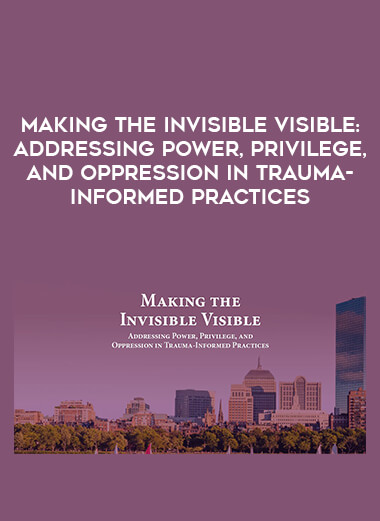

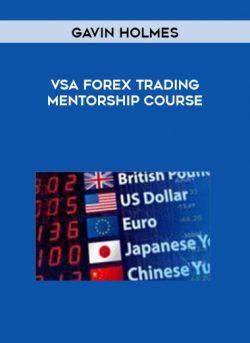
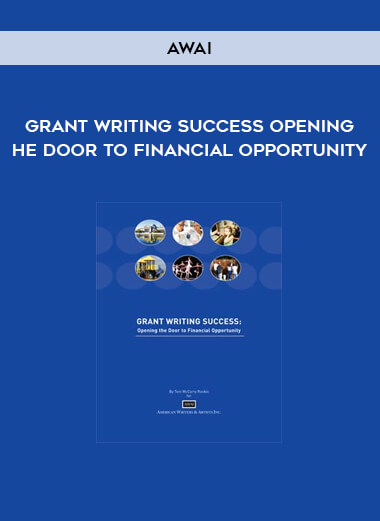



![Peter Titus - Create Your Own Automated Stock Trading Robot In EXCEL! [39 Video (MP4) + 2 Document (HTML)]](https://crablib.info/wp-content/uploads/2021/02/Peter-Titus-Create-Your-Own-Automated-Stock-Trading-Robot-In-EXCEL-39-Video-MP4-2-Document-HTML.jpg)
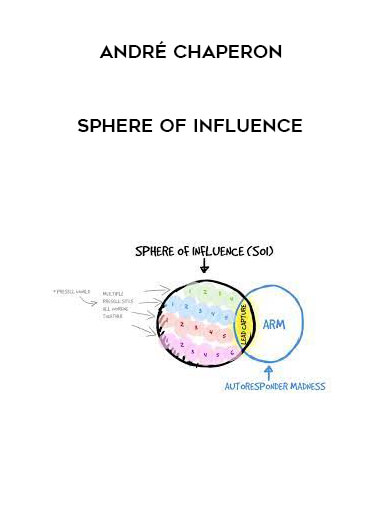





















Reviews
There are no reviews yet.